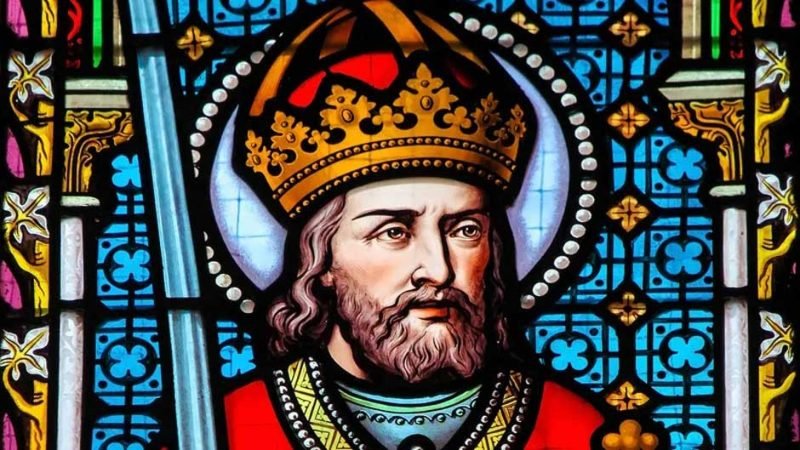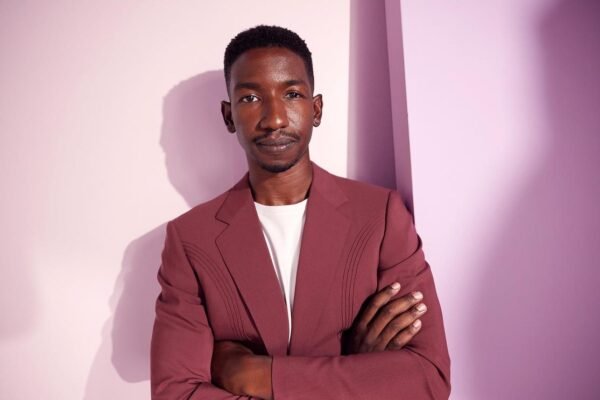
Holy Roman Emperor was a title given to the head of the Holy Roman Empire, which constituted Southern, Central, and Western Europe. One will not become an emperor without a special ceremony led by the Pope. Charlemagne was the first Holy Roman Emperor and is often referred to as such.
Charlemagne’s Early Years and His Crowning
The first Holy Roman Emperor, Charlemagne, was born around 742; his father was a mayor at the king’s palace, but he wielded power as the ultimate leader of his Frankish community. Charlemagne was trained as he participated in political, economic, and social activities within his father’s court. His father seized power from the Merovingian king. However, he had the blessing of the Pope.
After his father’s death, Charlemagne took over the leadership of the Frankish kingdom; however, there was a tussle between him and his younger brother Carloman. But with his alliance with the king of Lombards, he cemented his place on the throne. When his brother died in 771, he took control of the entire kingdom.
Charlemagne was crowned the Holy Roman Emperor by Pope Leo III in 800. The Holy Roman Emperors who came after Charlemagne traced the legitimacy of their leadership and general position to him.
The Powers of The Holy Roman Emperor
The Holy Roman Emperor was the ultimate superior leader and was only equal to the Pope. However, when the Pope’s powers started growing, they often rivaled each other. All the kings below him paid their respects to him. The only thing superior to him was God, to whom he was humble and sought leadership to lead in the right way.
When Charlemagne was crowned in 800, he was seen as God’s choosing and was considered holy; that is why the term was in the name of the Holy Roman Emperor.
The succession of Holy Roman Emperors
Though succession at first was tough as some wanted to stay in the family, it was late made easy. The new Holy Roman Emperor had to be proclaimed by the army or the Senate. However, whoever was chosen had to consent and then be coronated by the Pope after the people had their say.
The Holy Roman Emperor was seen as a ruler by divine power, so he must be from the Roman catholic.
End of Holy Roman Empire
Charles V sat on the Holy Roman Empire’s throne as the last Roman Emperor. People started protesting in the church in the 16th century as they opposed the leadership of the papacy and the Roman empire. The protestants stated abuses and errors within the Catholic church and its leadership.
The protests led to the splitting the church into Protestantism and the Roman Catholic Church; Martin Luther pioneered the protests. The Holy Roman Empire ended in 1806 through its dissolution by Francis II as he released officials and imperial states from their obligations and oaths to the Holy Roman Empire.
There are no longer Holy Roman Emperors as the church leadership changed through reformations.









